On October 20, 2023, three sessions of the China Energy Model Forum's 2023 Model Capacity Building Workshop concluded successfully. They were focused on the GTAP-SR model, the Simple-G model, and the Switch-China model.
Opening Session:
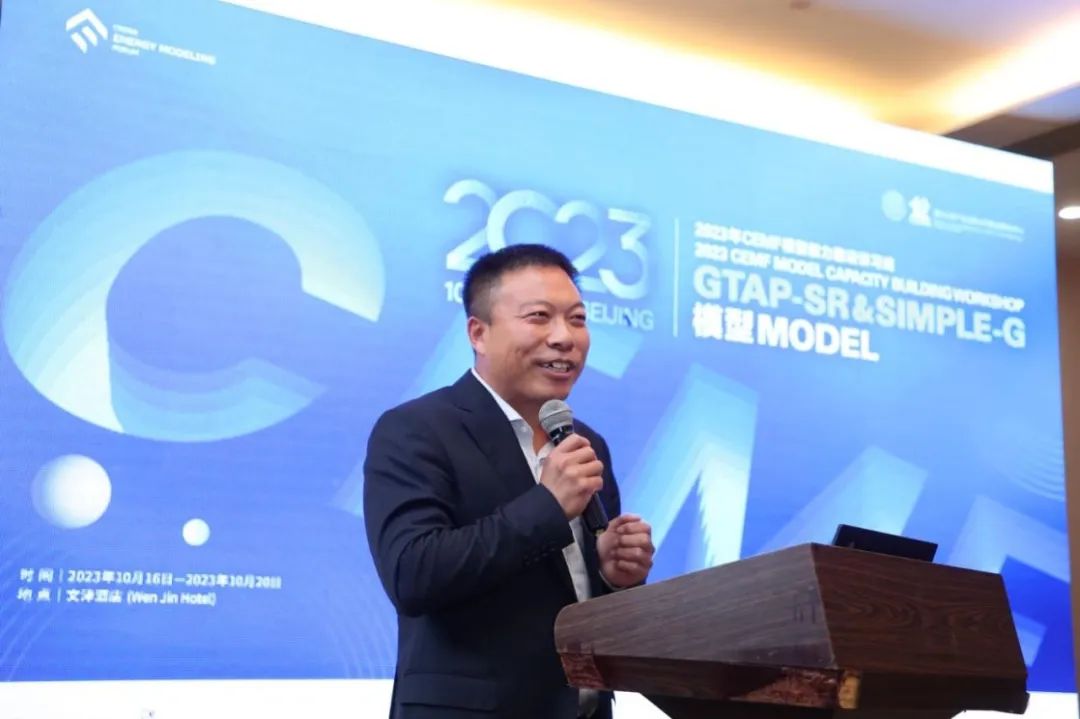 Director Gao Ji of the China Energy Model Forum served as the host.
Director Gao Ji of the China Energy Model Forum served as the host.
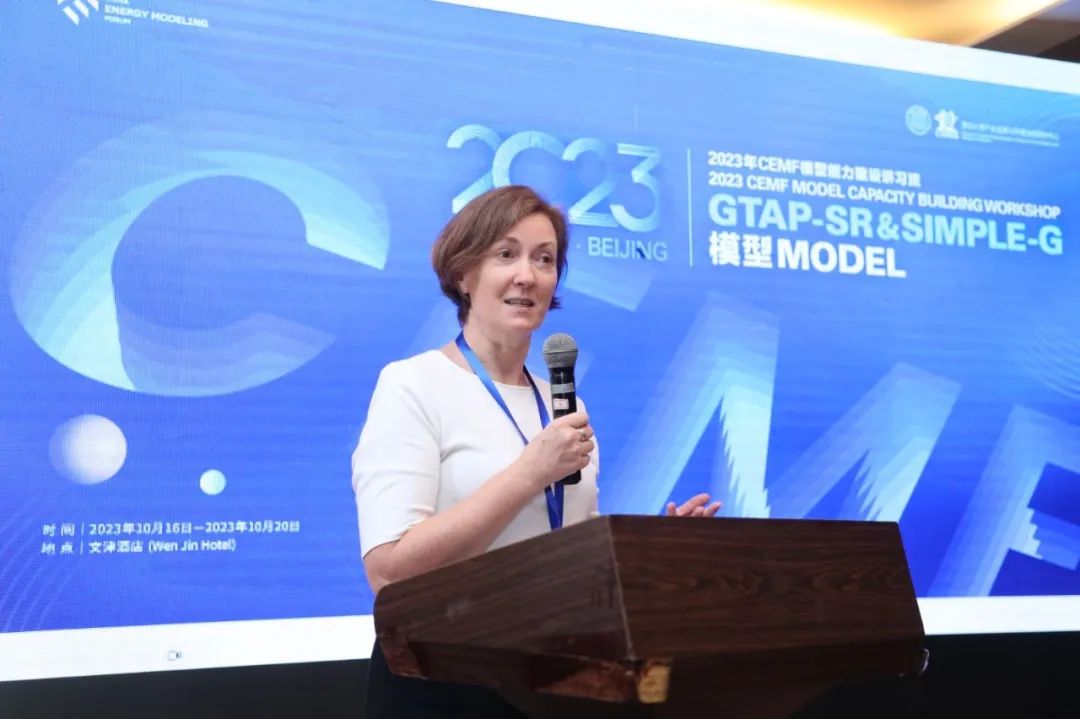 EDF Senior Vice President and Chief Economist Suzi Kerr delivered the opening speech at the ceremony.
EDF Senior Vice President and Chief Economist Suzi Kerr delivered the opening speech at the ceremony.
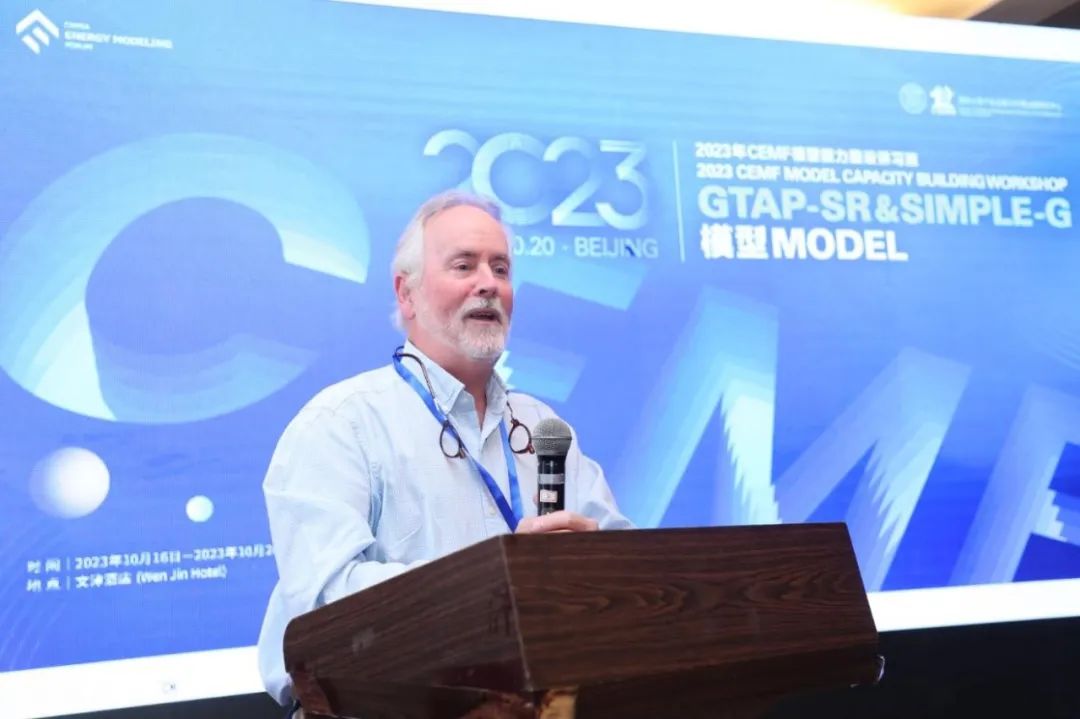 Purdue University Global Trade Analysis Project Research Professor and Director Dominique van der Mensbrugghe delivered the opening speech at the ceremony.
Purdue University Global Trade Analysis Project Research Professor and Director Dominique van der Mensbrugghe delivered the opening speech at the ceremony.
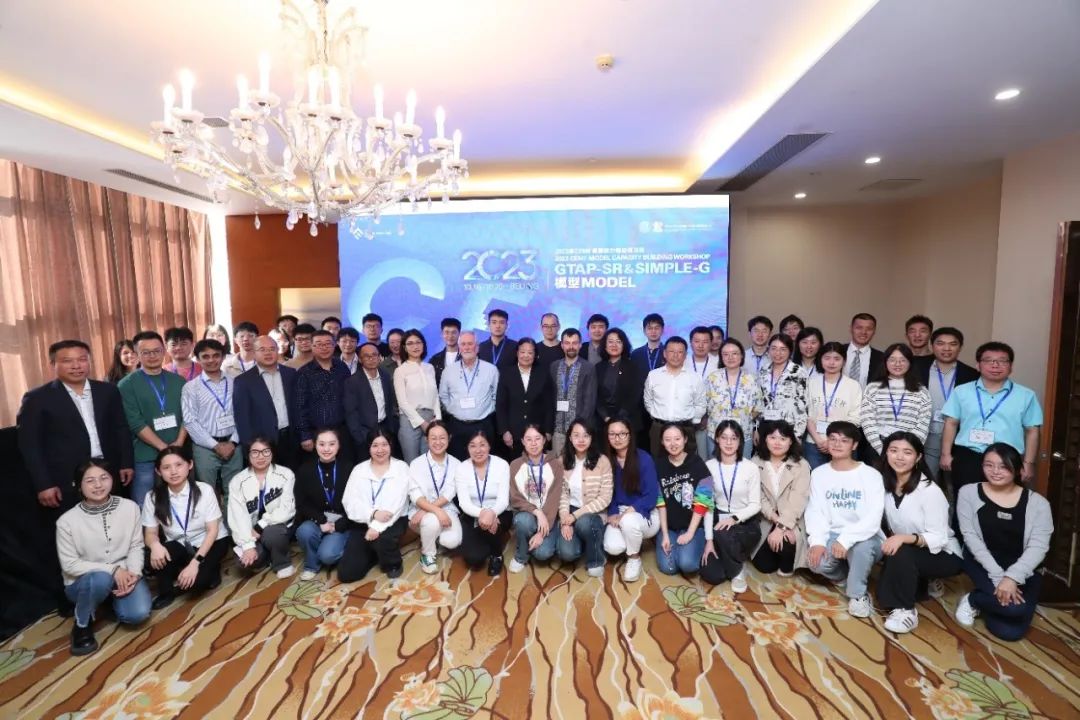 A group photo of the participants in the workshop.
A group photo of the participants in the workshop.
The first two sessions of the model training workshop were organized by the Industrial Development and Environmental Governance Research Center at Tsinghua University and the China Energy Model Forum, with the co-sponsorship of the China Agricultural Policy Research Center at Peking University and the Institute of Science and Technology Strategy Consulting at the Chinese Academy of Sciences. Nearly 60 postgraduate students and young scholars from more than 28 well-known domestic and foreign universities gathered at the Wenjin International Hotel. Under the guidance of Professor Dominique van der Mensbrugghe, Dr. Maksym Chepeliev, and Dr. Liu Jing from Purdue University's Global Trade Analysis Project (GTAP), they focused on learning the principles and applications of the GTAP-SR model and Simple-G model.
Review of the GTAP-SR Model Workshop:
At the beginning of the course, under the guidance of Professor Dominique van der Mensbrugghe and Dr. Maksym Chepeliev, participants entered the world of GTAP. Through a series of explanations and practical sessions, they not only gained an understanding of the basic structure of the GTAP database but also learned how to construct a database using the FIT method and how to use satellite accounts for more complex analyses. The afternoon session focused on the introduction and application of the GTAP-WiNDC database. Through hands-on activities, participants gained a more intuitive understanding of how to embed single-country multi-region information in GTAP. Finally, Professor Dominique van der Mensbrugghe introduced the GTAP model and used GAMS software to demonstrate the time dimension and standardization operations of the GTAP model to the participants.
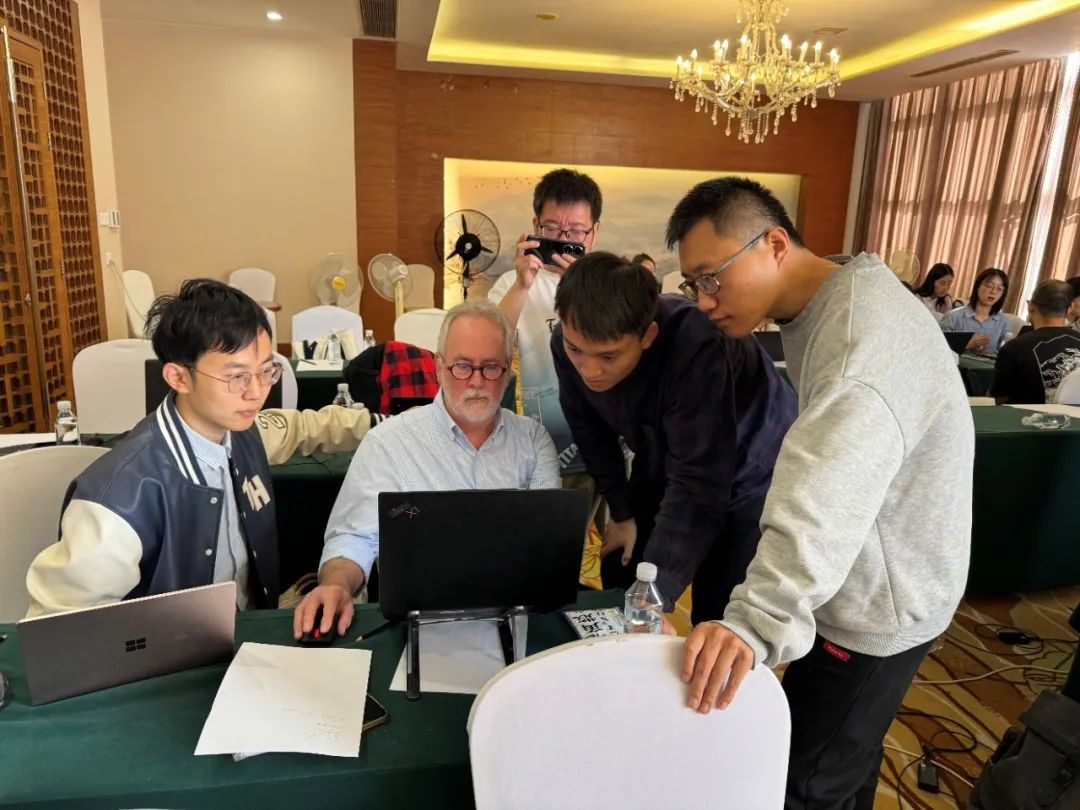
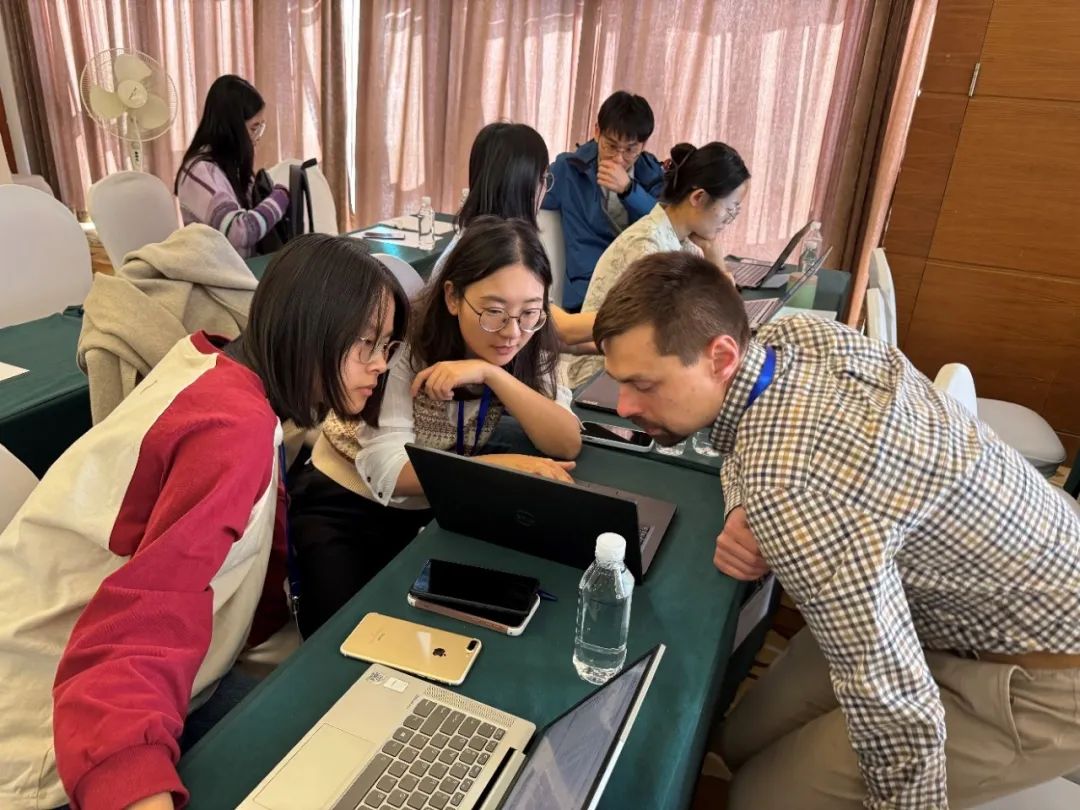
The subsequent sessions delved into the GTAP-SR model, covering topics from model introduction to equation formulation, and further discussing factor markets and model closure. Participants gained a more comprehensive understanding of the GTAP-SR model. The two practical exercises in the afternoon brought the learning experience to a climax. Through hands-on activities, participants not only acquired relevant skills in data preparation but also put their knowledge into practice by studying model file structures and conducting simple comparative static simulations.
Finally, Professor Dominique van der Mensbrugghe divided the participants into three groups for model simulations in three different research directions. These included simulating the scenario of tariff reduction after a country joins the WTO (World Trade Organization), simulating the scenario of a trade war, and simulating the scenario of the European CBAM (Carbon Border Adjustment Mechanism). The participants applied the knowledge and skills acquired over the past two days to practical scenarios, engaging in lively discussions and hands-on exercises. In the afternoon, each group reported and shared their findings.
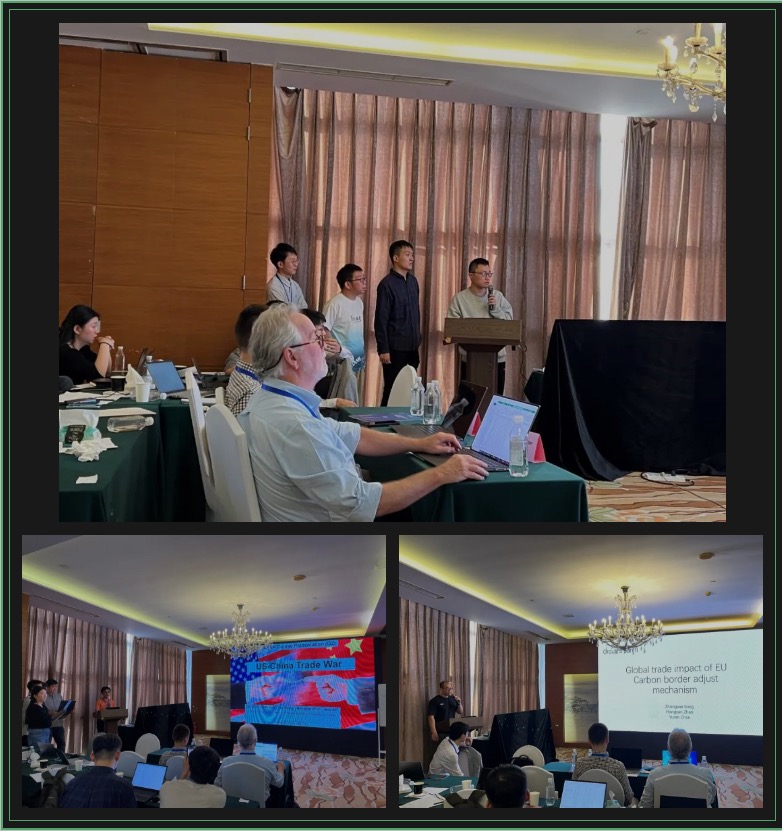
In conclusion, Professor Dominique van der Mensbrugghe summarized the insights and impressions gained from the three-day training. He acknowledged the efforts and achievements of the participants over the course of these three days, and once again encouraged all attendees to actively engage in research and application of the model in the future.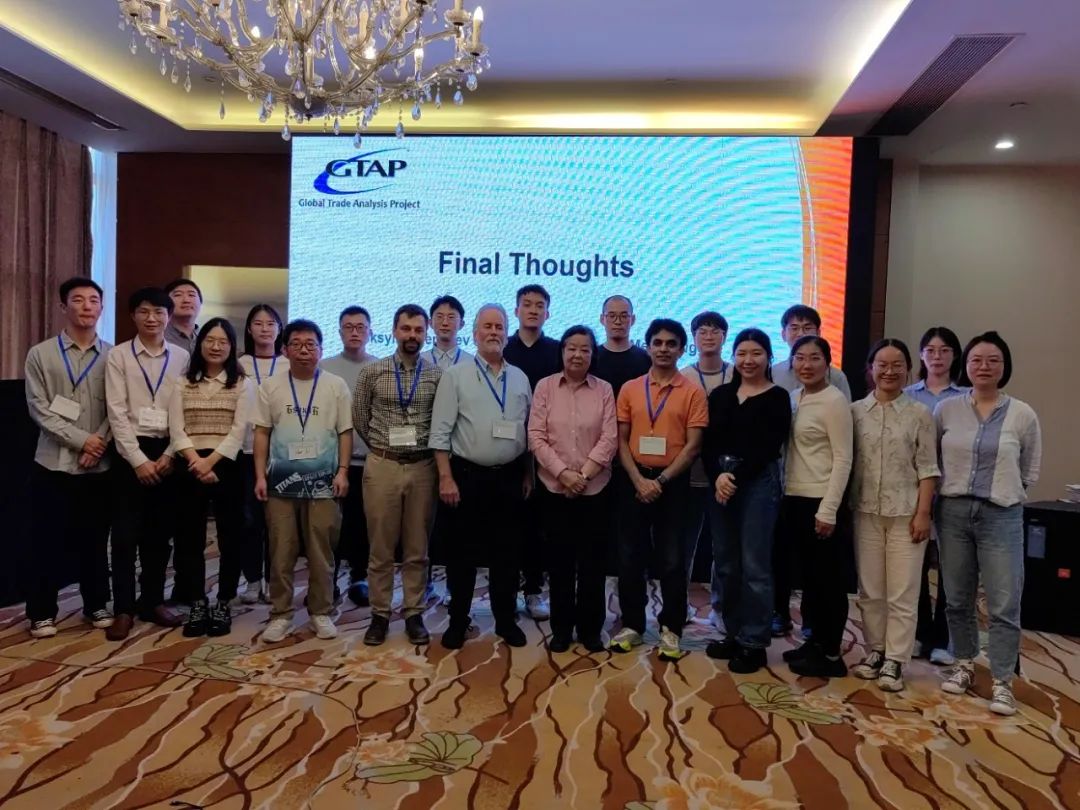 Review of the Simple-G Model Workshop:
Review of the Simple-G Model Workshop:
On the day of the training, Dr. Liu Jing primarily focused on introducing the fundamental theory and practical operations of the SIMPLE model. During the welcome ceremony and course introduction sessions, she provided detailed explanations of the course structure and objectives, laying a solid foundation for the students' upcoming learning. Subsequently, she delved into the non-grid SIMPLE model, helping students grasp the foundational knowledge of model frameworks and equilibrium theory. Through practical demonstrations in the GEMPACK software, she replicated and discussed the SIMPLE model, ensuring that students could apply the theory to real problem-solving.
In the case study segment, Dr. Liu Jing guided the students in applying their learning to practical issues. This included analyzing the effects of agricultural R&D spending on mitigating climate change and understanding how labor mobility influences agricultural layout.
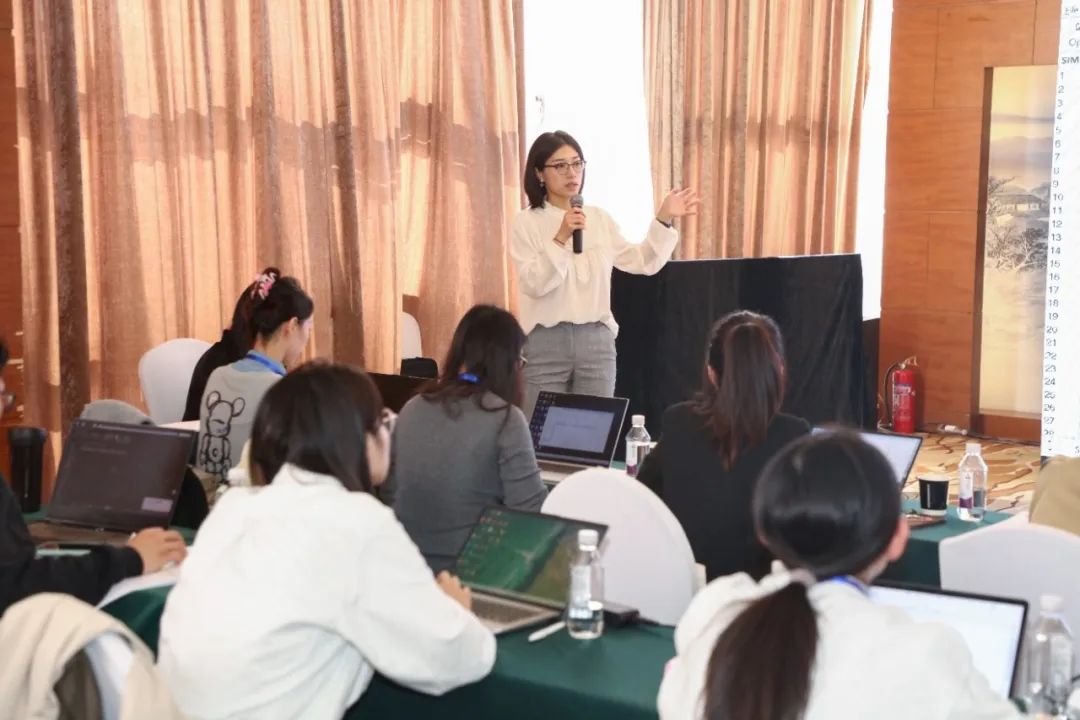
The subsequent training shifted its focus to an in-depth study and application of the SIMPLE-G series models. Students learned how to construct advanced grid models and conducted thorough analyses using methods such as spatial data integration, simulators, and elasticity estimation. The hands-on sessions allowed students to better grasp the use of these complex models. On this day, students also had the opportunity to attend a fascinating lecture by Professor Xie Wei from Peking University, providing them with additional perspectives and insights on sustainable agricultural development. Furthermore, they explored several practical applications of the SIMPLE-G model, including synergies in carbon pricing and the impact of changes in food consumption behavior on health and the environment.
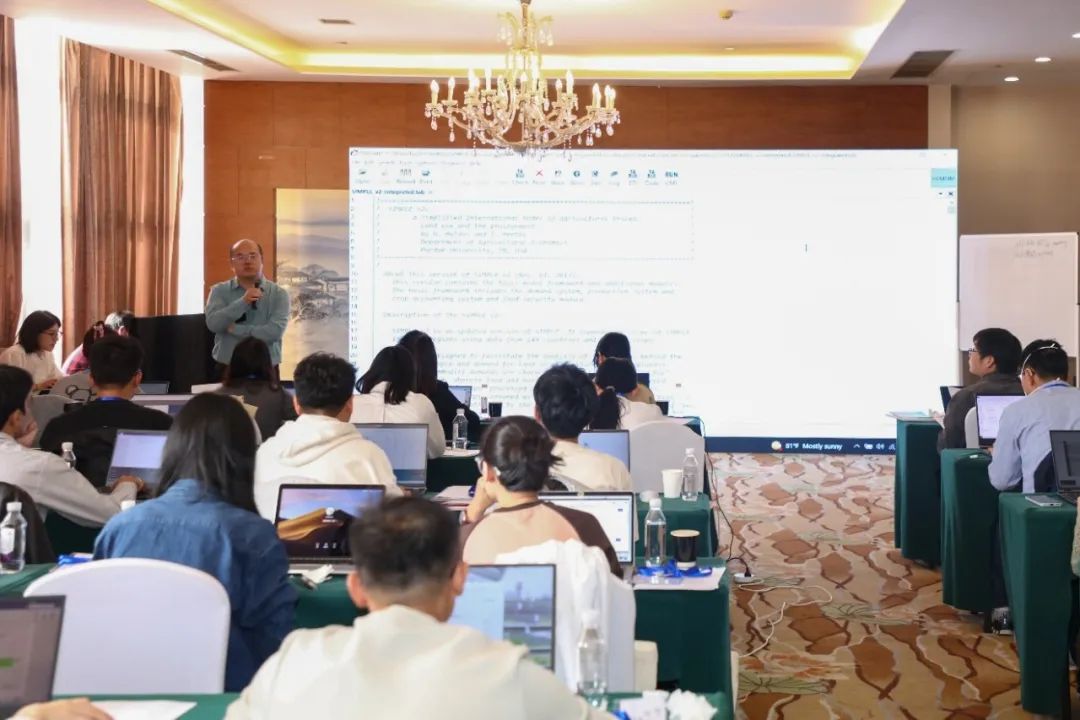
Review of the SWITCH-China Model Workshop:
Co-hosted by the Industrial Development and Environmental Governance Research Center at Tsinghua University and the China Energy Model Forum, the SWITCH-China Model Workshop attracted nearly 45 postgraduate students and young scholars from over 15 renowned domestic universities and institutions. The event took place at Tsinghua University's Institute for Carbon Neutrality, where participants, under the careful guidance of Professor He Gang from the Assistant School of Public and International Affairs at Baruch College, City University of New York, EDF Modeling and Analysis Vice President Matthias Fripp, and EDF Senior Economist Oleg Lugovoy, gained a comprehensive and in-depth understanding of the principles and applications of the SWITCH-China model and the energyRt model through thorough discussions.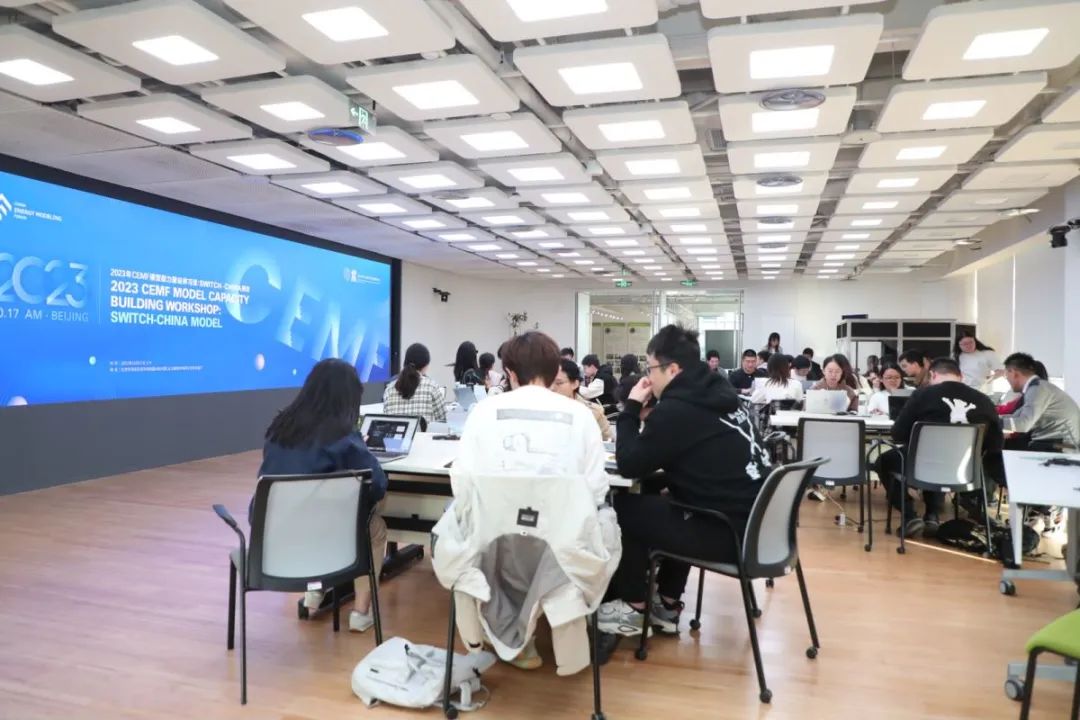
Professor He Gang began the workshop by providing a detailed introduction to the installation steps and operating principles of SWITCH. He personally guided the students through the installation of the model, explaining the related mechanisms and input data. Subsequently, Professor He Gang showcased case scenarios under the SWITCH model and provided a detailed interpretation of the model's output results. He also led the students in downloading modules and data for the SWITCH-China model, conducting a test run of its basic model.
In conclusion, Professor He Gang summarized how to better utilize the SWITCH-China model. He also presented future prospects, emphasizing the importance of sharing data scenarios, achieving model openness, and establishing a community platform for model learning and exchange. This, he suggested, would contribute to improving data quality for research purposes.

In the Q&A session, Matthias Fripp, the developer of the SWITCH model, joined Professor He Gang online to address students' questions. The instructors and students engaged in in-depth discussions on various aspects of the SWITCH model, including model language, model operation, and module design. In the end, the instructors provided suggestions on how to better utilize the SWITCH/SWITCH-China model, such as learning to develop models locally on computers and enhancing database management skills.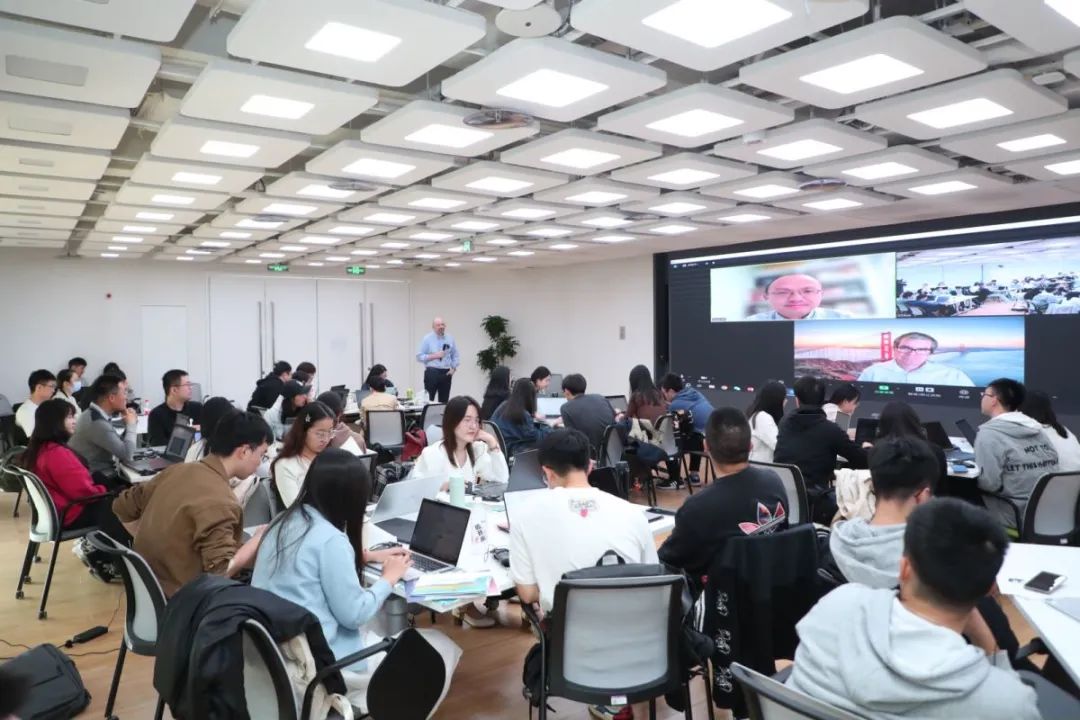
During the training, Oleg Lugovoy provided a detailed tutorial on the installation of the energyRt model, delving into its model language, parameters, and mechanisms. He further introduced the use of the China-specific model within energyRt, known as the CEPRO model. Oleg demonstrated the code for running the model and systematically explained aspects such as time precision, energy commodity supply and demand, and emissions within the model.
In the concluding part, Oleg elucidated the differences between the energyRt model and the SWITCH model in terms of model nature, language, and runtime. He offered valuable advice to students on choosing the appropriate model based on their specific needs.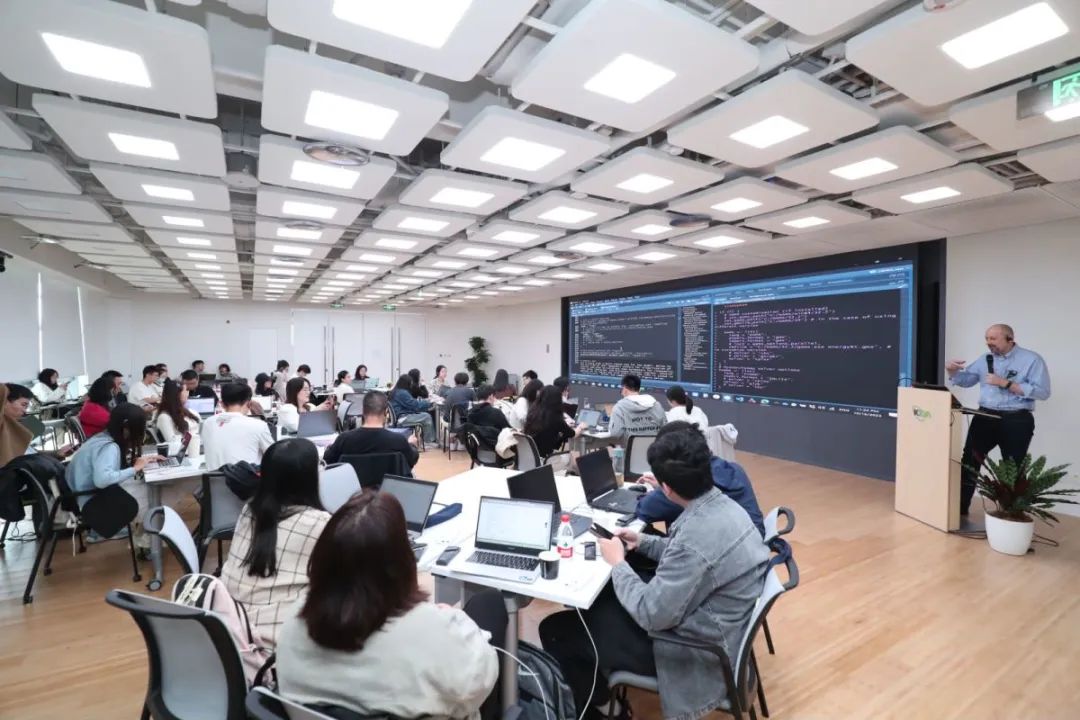
In the future, the China Energy Model Forum will continue its commitment to strengthening efforts in model capacity building in China. We will actively invite students and young scholars who are interested in using modeling methods for low-carbon transition research to participate. Our goal is to cultivate a group of capable and responsible individuals in the fields of energy, environment, and economic modeling. Simultaneously, we will increase support for young scholars, providing more opportunities for exchange and collaboration, encouraging them to apply their knowledge to practical research, and contributing wisdom and strength to address energy and environmental challenges faced by China and the world.
The success of the workshop is attributed to the enthusiastic participation and dedicated learning of each participant, as well as the careful guidance and selfless dedication of the experts and scholars. We sincerely thank everyone involved and look forward to gathering again in the future to explore, learn, and progress together.

